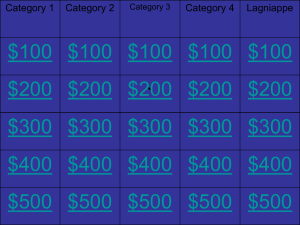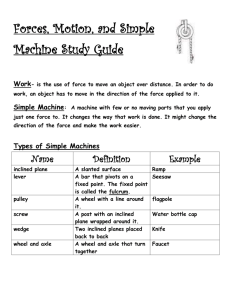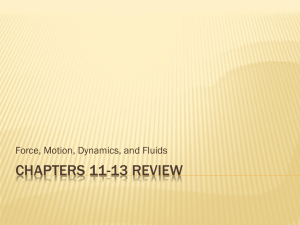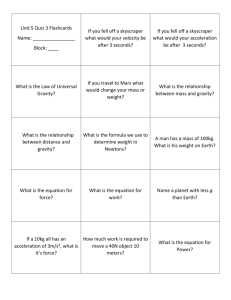HamzaPres
advertisement
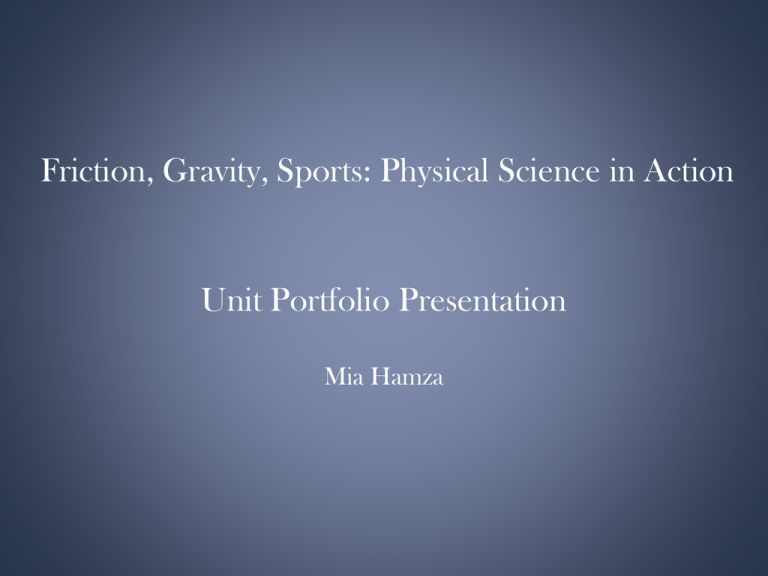
Friction, Gravity, Sports: Physical Science in Action Unit Portfolio Presentation Mia Hamza Unit Summary Whether it’s cycling, skating, skiing, or auto racing that you’re into, friction and gravity play an important role in sports performance! Students will watch videos in class, conduct online research, collaborate with classmates to share ideas and brainstorm about how physical science factors in with sports performance. Students will conduct an experiment in groups that involves using the critical body motions and sports apparatus’ involved in the sport of their own choice to gather data on acceleration, air resistance, force, friction, and gravity. Students will put all collected data into a table. Using this data along with given physics formulas, they will calculate values for acceleration, air resistance, force, friction, and gravity. Students will write a report sharing their collected data, and will write a 2 page paper that connects these findings to a sport of their choice. Curriculum-Framing Questions Essential Question Is conquering the impossible possible? Unit Questions How are motions affected by forces? What is energy transfer? Content Questions How is speed different from acceleration? How is speed calculated? Are objects ever completely at rest? How does a bicyclist riding without brakes slow down? Physical Science in Action This project will help my students develop 21st century skills by: Collaborating with peers Analyzing data about motion and forces to complete a report that answers Unit Questions in the discussion and conclusions sections Using Physics formulas and making decisions about their experiment Presenting their own evaluation in a paper about their chosen sport Becoming independent learners by taking responsibility for their own experiments Goals for My Students To become self-started in learning To learn how scientists address questions by collecting data, setting up / conducting experiments, and analyzing the process To develop an interest in scientific topics Gauging Student Needs Assessment Purpose of the Assessment To gather information about what students already know and what they still have to learn about motion and forces What I want to learn from my students? I want to know what they already know about the curriculum-framing questions and how they well they can work in groups to perform a variety of tasks – share ideas, write reports, set up experiments How have I tried to promote higher-order thinking? I ask students to relate the concepts of force and motion to everyday activities and interests. How the assessment information helps me and my students plan for upcoming activities in the unit? The assessment will be used and reflected upon throughout the unit. This will allow students to keep track of their learning and understanding. This will allow me to know where I might need to provide more in-depth explanation and discussion time. Also, I will be able to see the strengths and weaknesses of my students individually. What feedback or additional ideas I’d like? I would like some insight on my assessment, and also some perspective on how successful this project might be by leaving the particular “sport study” up to each group of students – rather than assigning them all the same one. Goals for Myself To get my students to connect science education with their everyday lives, so as to increase engagement in the learning process Reflect throughout the unit so that I can refine the lessons and Unit Questions Learn about the different laboratory materials and experimental setups that my students and I can use



